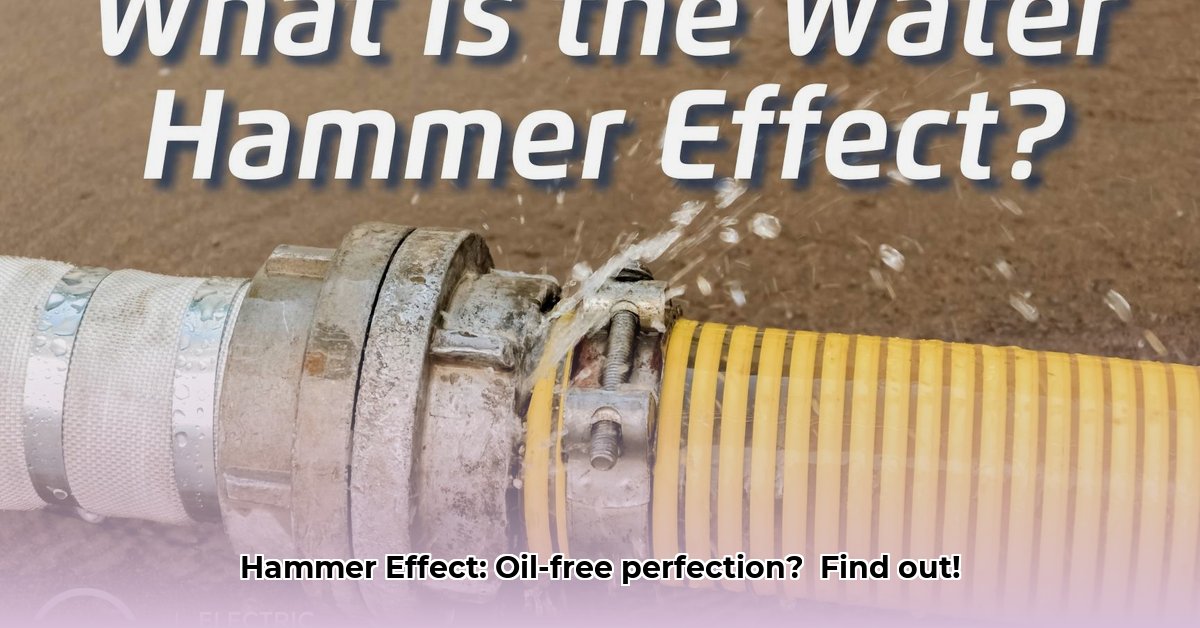Forget everything you think you know about bowling balls. The Hammer Effect isn’t your average bowling ball; it’s a precision weapon built to conquer those slick, heavy oil lanes that can leave other balls spinning helplessly. For more on maintaining proper bowling ball care, see this helpful guide. This review dives deep into what makes it tick – from its super-secret core design to its special outer shell – and shows you exactly how to use it to bowl like a pro. We’ll compare it to other balls, break down the best techniques for controlling it, and even give you tips on keeping it in top shape. Whether you’re a seasoned bowler or just starting out, this is your complete guide to unleashing the awesome power of the Hammer Effect and dominating the lanes.
Hammer Effect: Powerful Hook, Heavy Oil Control – Enhanced Bowling Performance
Let’s talk about the Hammer Effect bowling ball. It’s not just another shiny sphere; this thing’s got some serious oomph. This review dives into its performance, giving you the lowdown whether you’re a seasoned pro or just starting to get serious about your game. The Hammer Effect ball can significantly enhance your bowling performance.
Unleashing the Power: Core and Coverstock Deep Dive – Optimizing Ball Motion
The Hammer Effect’s secret sauce starts with its Huntsman core. Think of it as the engine – powerful and responsive. Inspired by previous Hammer designs like the Vibe and Black Widow, this core is all about that satisfying hook. It boasts a low RG and a low differential, creating a potent combination for aggressive lane performance.
But it’s not just brute force; the HK22 Cohesion Pearl coverstock plays a crucial role. This isn’t your average pearl cover. They’ve added a special ingredient, “Cohesion,” to make the ball grip the lanes better. The result? A more predictable hook, even when facing those super-oily lanes that can make other balls lose their mojo. The factory finish is 500/1000/1500 SiaAir plus Factory Compound. This coverstock is known for its responsiveness and ability to create a strong backend reaction. Together, the core and coverstock optimize the ball’s motion on the lane, providing the power and control bowlers crave.
On the Lanes: A Rollercoaster Ride (in a Good Way!) – Evaluating Lane Conditions
So, how does this powerhouse perform? Prepare yourself, because the Hammer Effect really shines on medium to heavy oil conditions. The initial hook is strong – it grabs the lanes right away. Many bowlers rave about how impressive the ball is at the end of its roll, offering a consistent and satisfying curve. It’s clean through the front part of the lane with a massive backend reaction.
However, a few folks – mainly those who prefer balls with a smoother, more gradual transition – needed to adjust their approach a bit. Don’t get discouraged! It’s not a flaw, just a matter of getting used to its personality. It’s like learning to drive a sports car; it’ll feel different than your old family sedan. Consider factors like oil pattern and lane surface when evaluating lane conditions and planning your shot. The Effect is particularly effective when following a ball like the Hammer Black Widow 3.0, offering a prolonged and more forceful reaction.
Tweaking Your Technique: Actionable Tips – Mastering Release Techniques
Out of the box, the Hammer Effect has a 500/1000/1500 SiaAir plus Factory Compound finish. That’s a good starting point, but don’t be afraid to experiment. If you’re a serious bowler, you might consider surface adjustments, like using Abralon pads (abrasive pads used to adjust ball surface) to fine-tune the hook. This allows you to customize the ball to your preferred lane conditions.
For those who are newer to the game, focus on your approach and target adjustments. Start on lanes that have already been bowled on a bit to get a feel for how the ball reacts. Remember, the Hammer Effect is all about working with its personality. Mastering the release techniques is critical when working with a Hammer Effect bowling ball. Practice different release angles and speeds to find what works best for you. A consistent release is key to maximizing the ball’s potential.
Is the Hammer Effect Right for You? – Assessing Your Bowling Style
This ball is a fantastic choice if you often bowl on medium to heavy oil lanes. It thrives in those conditions, rewarding accurate throws with a powerful, predictable hook. If you enjoy a strong backend roll and are looking to add some serious power to your game, it’s a great addition to your bag. However, if you prefer a more subtle, gradual curve, it might take a bit more getting used to.
This makes it a solid choice for intermediate and advanced bowlers. Beginners might find it a bit challenging initially, but with practice, its potential can be unlocked. Before purchasing, assess your bowling style and consider the typical lane conditions you encounter. If you’re a rev-dominant player, you may find the Hammer Effect particularly effective, especially with some surface adjustments.
Hammer Effect: Weighing the Pros and Cons – Identifying Ball Features
Let’s break it down:
| Pros | Cons |
|---|---|
| Powerful and satisfying backend reaction | Can be quite aggressive on the initial hook |
| Excellent performance on heavier oil conditions | Might require more adjustment for some bowlers |
| Versatile across skill levels (with adjustment) | Can be challenging to control for bowlers with slower speeds |
| Unique and eye-catching design | Less effective on drier lanes compared to other balls |
Evaluating these pros and cons is essential for identifying ball features.
The Bottom Line: A Force to Be Reckoned With – Final Bowling Ball Verdict
The Hammer Effect is a high-performance bowling ball that delivers on its promise. The combination of a strong hook and a controllable backend reaction makes it a compelling option. It’s not a “beginner-friendly” type of ball. While it demands some adaptation, the power and control you gain makes the learning curve worth it. Don’t expect miracles, but with practice and the right approach, the Hammer Effect can become a powerful tool in your bowling arsenal. It’s a strong contender and deserves a serious look from bowlers of all skill levels, especially those who frequently grapple with heavy oil conditions. However, remember to consider your personal style and expectations before committing to this bold performer.
How to Adjust Hammer Effect Bowling Ball for Different Oil Conditions – Bowling Ball Maintenance
Key Takeaways:
- The Hammer Effect’s performance hinges on surface adjustments to match lane oil conditions.
- Lower grit sanding (e.g., 500-grit) creates a more aggressive hook, ideal for heavier oil.
- Higher grit sanding (e.g., 4000-grit) produces a smoother, later hook, better for drier lanes.
- Experimentation is key to finding the optimal surface for your style and typical lane conditions.
- Professional maintenance extends ball life and enhances surface adjustments. This section provides guidance on bowling ball maintenance.
Understanding the Hammer Effect’s Surface – Understanding Surface Preparation
The Hammer Effect, known for its powerful hook potential, isn’t a one-size-fits-all solution. Its performance is dramatically shaped by the surface preparation. Think of it like this: the surface is the ball’s “tire tread” – the contact point with the lane’s “road.” The right “tread” is crucial for grip and control.
The factory finish is a starting point. To truly master the Hammer Effect, you need to understand how to adjust its surface for various oil patterns. This involves sanding and polishing, typically using different grits (measurement of abrasive particle size). Lower grits (500-1000) create a rougher, more aggressive surface, leading to early hook. Higher grits (2000-4000) provide a smoother finish, resulting in later hook and more length. Understanding surface preparation is vital in maximizing ball performance.
How to Adjust Your Hammer Effect: A Practical Guide – Adjusting Bowling Balls
The process of how to adjust hammer effect bowling ball for different oil conditions involves these steps:
-
Assess Lane Conditions: Observe the oil pattern. Is it heavy oil, medium oil, or dry? The oil pattern dictates your surface choice. Heavy oil calls for a lower grit, a drier lane needs a higher grit. Pay attention to how your ball is reacting down lane to accurately assess the oil conditions.
-
Select the Appropriate Grit: Use a sanding pad consistent with your assessment. For heavy oil, a grit in the 500-1500 range is typically the starting point. For dry lanes, start with 3000-4000 grit. Medium oil conditions sit somewhere in between, generally around 1500-3000 grit. Consider using Abralon pads for consistent results.
-
Sanding Technique: Use even, consistent pressure and gentle strokes. Avoid over-sanding in one area. Rotate the ball to ensure even sanding across the entire surface. Remember that less is often more, especially when starting.
-
Polishing (Optional): Polishing after sanding refines the surface; you can use polishing compounds or lighter sanding grits. This step increases smoothness and reduces the hooking potential. Use a ball spinner for even polishing.
-
Testing: Take the ball to the lanes and test your adjustment. Note the ball’
- Wellness Fair Ideas for Work to Boost Employee Wellbeing - December 15, 2025
- Affordable Employee Wellness Fair Ideas for Any Budget - December 14, 2025
- Employee Wellness Programs Strategically Benefit Employee Health And Retention - December 13, 2025
















